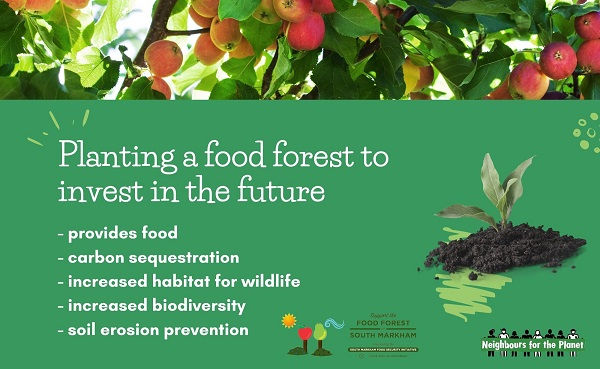Vegetable gardening from seed
- Dinah Gibbs
- Mar 19, 2021
- 2 min read
Updated: Mar 20, 2021
Written by Dinah Gibbs, March 5, 2021

So you have decided to take the plunge into growing some food! Great idea, but how to begin?
You need a spot, either in an existing garden (maybe in the corner of your yard) or to create one in a planter, perhaps?
Many experienced gardeners plant seeds indoors in early spring and later move them outside once the danger of frost has passed. Perhaps you can try this in future years, but I don't recommend this method to the rookie grower.
Now: the easiest thing is to buy some "seedlings " from a garden centre which you plant, take care of, and, by the end of the summer, will be ready for harvest!
Not a bad idea for your first try. Good things to try this way are tomatoes, cabbage family vegetables like kale, broccoli, brussel sprouts, cucumbers, zucchini, all colours of peppers (capsicum), whatever you like to eat! A huge advantage of this method is that they often come with instructions on the label. Alternatively, people working in these places are generally happy to answer questions and make recommendations.
However, for the adventurous.......
Many seeds can be planted directly into the soil for that magical experience of "doing it yourself. "

Potatoes are totally foolproof. The drawback is they need A LOT of space. The seeds are simply small potatoes that go right into the soil. Plant 8" deep and 18" apart. As the plant grows, fill in the hole without burying the leaves. If any of the developing potatoes are exposed to light, they will turn green, so cover with soil and mulch. Allow the leaves to die off completely before carefully digging up your potatoes in the fall.
All kinds of peas and beans can also be planted straight into the soil, around the last frost. As they grow, support the plants, trying them to a fence, trellis or poles.
Smaller seeds are trickier. The soil needs to be as fine as your seeds. Beets, radishes, carrots and lettuce are generally grown in rows. You can mix tiny seeds with sand and plant them in lines. Make a tiny furrow with your finger, sprinkle seeds as far apart as possible and cover very lightly with fine soil. Marked the rows with a string stretched between 2 sticks, so you remember where they are. With lettuce, plant a small number of seeds at 2-week intervals until the weather gets hot. Otherwise, you will have too many all at once. Lettuce prefers cool, moist conditions; some gardeners can find a shady spot for the hottest weeks or wait for a second crop later in the season.

Your food garden needs sun, water and weed removal on a regular basis. Seeds are not expensive, so you can experiment and learn as you go. You will gain a new appreciation for nature as your garden grows. There is lots of information to be found online and in books. Most communities have gardening clubs where members learn from each other. Families enjoy spending time outside together tending their gardens.
Most of all, you grow delicious and healthy food that you can eat and preserve. A renewed interest in domestic food production is good for the planet and good for people.
Happy gardening!



Comments